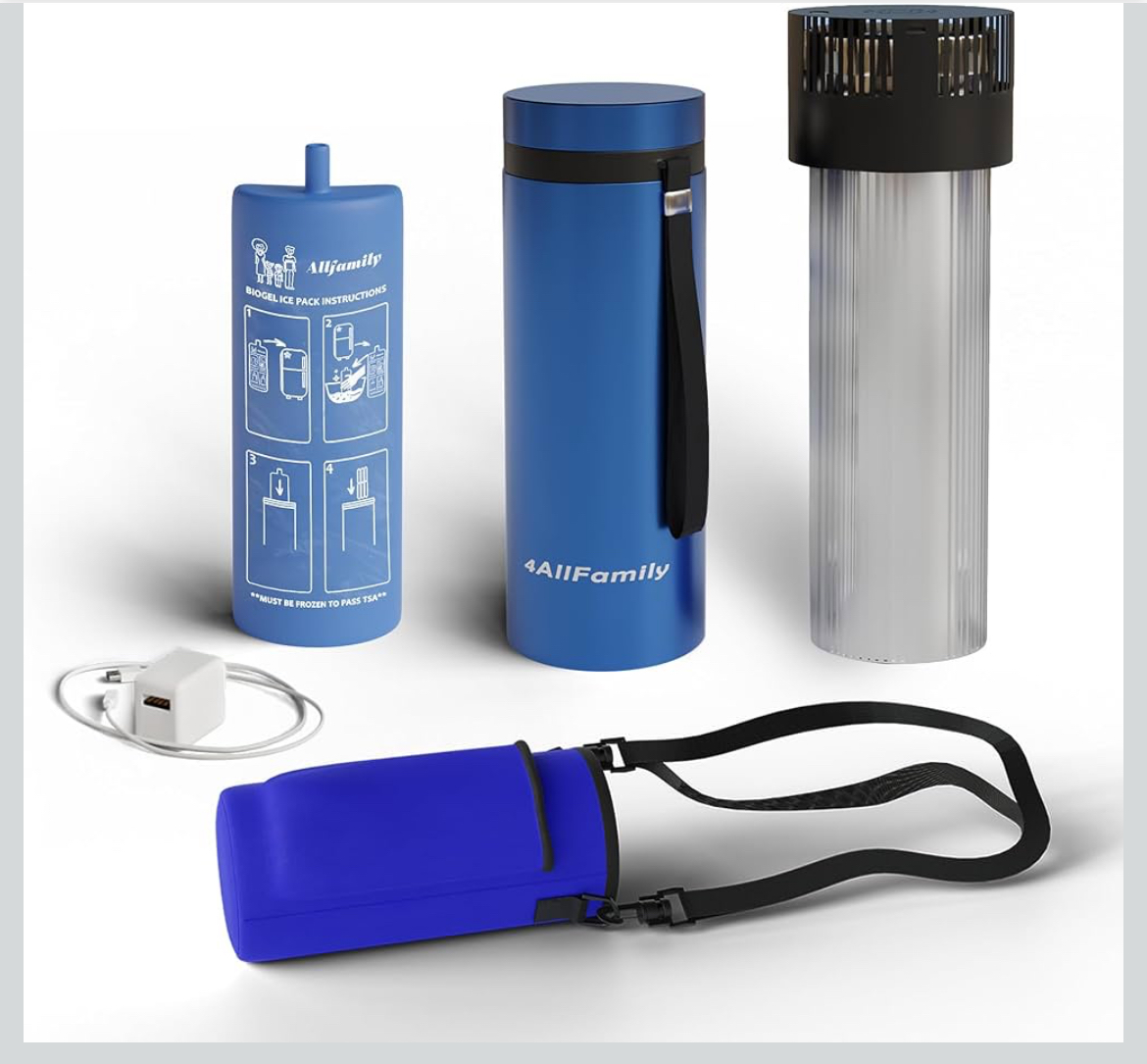Are ice packs a good temporary fix for insulin? For short-term use, maybe, but an insulin travel cooler is a safer, long-term investment for managing diabetes on the go.
Transporting insulin safely is crucial for individuals who rely on this life-saving medication. Whether you're traveling, moving, or simply need to get your insulin from the pharmacy to your home, following proper guidelines ensures that the insulin remains effective and safe to use.
Understanding Insulin Storage Requirements
Insulin must be stored at specific temperatures to maintain its efficacy. Unopened insulin should be kept in a refrigerator at temperatures between 36°F and 46°F (2°C to 8°C). Once opened, insulin can be kept at room temperature (up to 86°F or 30°C) for up to 28 days, depending on the type of insulin.
Guidelines for Transporting Insulin
- Use a Cooler: When transporting insulin, use a cooler to help maintain the appropriate temperature. One of the best coolers to use for personal use is the TSA-Approved 4ALLFAMILY voyager auto shut off cooler. This cooler can hold 1-7 medication pens.
- Avoid Extreme Temperatures: Do not expose insulin to direct sunlight, heat, or freezing temperatures, as this can degrade the medication.
- Use Ice Packs: How to keep insulin cool with out a cooler? If you run into a bit of a snag and do not have a cooler you can add ice packs into an insulated bag to keep the insulin cool. Ensure the ice packs do not come into direct contact with the insulin vial or pen. While ice packs for insulin can be a temporary solution, a dedicated diabetic cooling case provides precise, reliable temperature control for travel.
- Label the Insulin: Clearly label the insulin with your name, dosage, and expiration date to avoid any confusion during transport.
- Carry a Prescription: Always carry a copy of your prescription or a doctor's note when transporting insulin, especially when traveling by air.

What to Do in Case of Temperature Excursions
If you suspect that your insulin has been exposed to temperatures outside the recommended range, do not use it. Contact your healthcare provider or pharmacist for guidance on whether the insulin is still safe to use.
Conclusion
By following these guidelines, individuals can ensure the safe and effective transport of insulin for personal use. Proper handling and storage are essential to maintaining the medication's efficacy and ensuring optimal health outcomes.